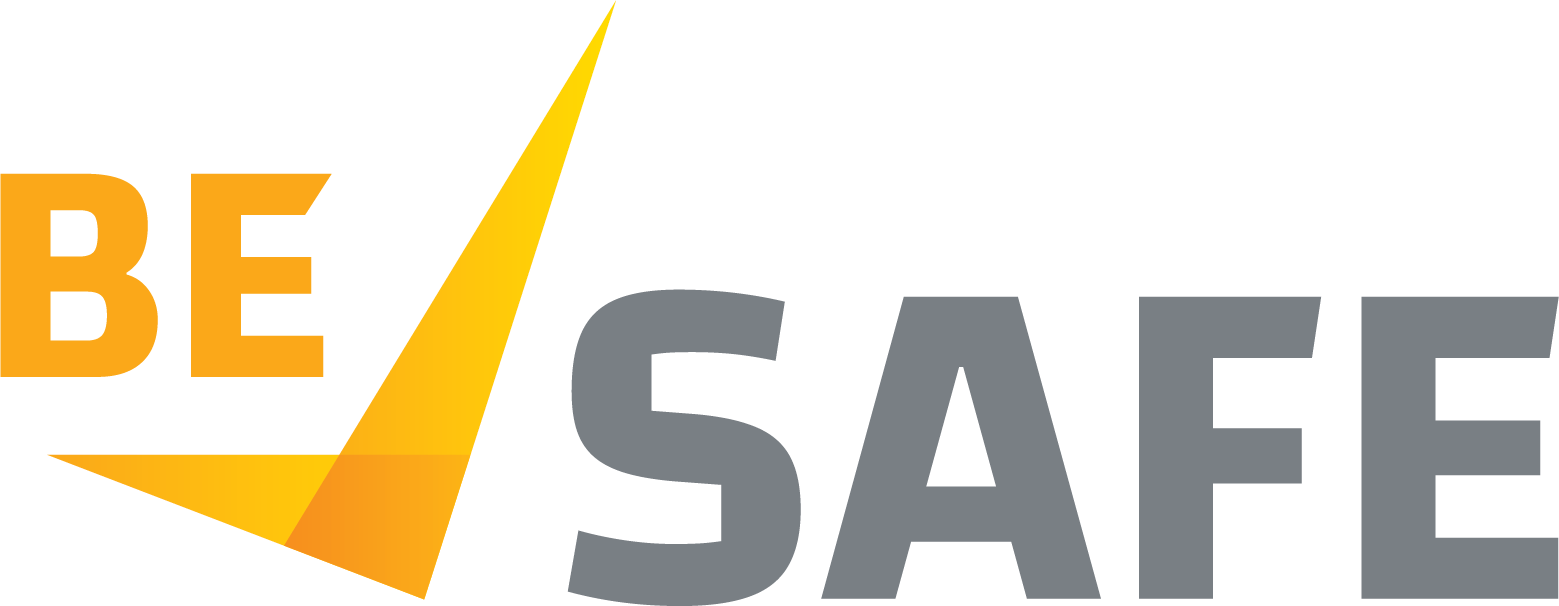Workplace Safety Tips
Prioritizing Workplace Safety: Essential Tips for a Safer Environment
In today's fast-paced work environments, prioritizing safety is crucial for the well-being of employees and the success of businesses. A safe workplace not only protects employees from harm but also boosts morale, increases productivity, and reduces costs associated with accidents and injuries. In this post, we'll explore key workplace safety tips that every employee and employer should implement.
1. Understand the Safety Regulations and Policies
Familiarize Yourself with the OHS Act, Regulations and Guidelines the provide and outline workplace safety standards. Knowing these guidelines is essential for compliance and safety.
Every organization should have its own safety policies. Make sure to review these regularly and understand your responsibilities.
2. Maintain a Clean and Organized Workspace
Clutter Control: Keep your workspace tidy to prevent tripping hazards. Regularly declutter and organize materials and tools.
Proper Storage: Store items appropriately. Heavy items should be kept at waist level to minimize strain when lifting.
3. Ergonomics Matter
Adjust Your Workspace: Ensure your desk, chair, and computer are set up ergonomically. Adjust your chair height and monitor position to reduce strain on your body.
Take Breaks: Schedule regular breaks to stretch and move around, helping to reduce fatigue and improve focus.
4. Use Personal Protective Equipment (PPE)
Know Your Gear: If your job requires PPE, such as gloves, goggles, or helmets, ensure you know how to use and maintain them properly.
Report Damaged Equipment: Always report any damaged PPE to your supervisor immediately to ensure your safety.
5. Stay Aware of Your Surroundings
Situational Awareness: Be mindful of your environment, including potential hazards like wet floors, moving machinery, or colleagues in your vicinity.
Emergency Exits: Familiarize yourself with emergency exits and evacuation routes. Know where to go in case of an emergency.
6. Communicate Openly
Report Hazards: If you notice unsafe conditions or practices, report them to your supervisor. Open communication can prevent accidents before they happen.
Encourage Feedback: Foster a culture where employees feel comfortable sharing safety concerns or suggestions for improvement.
7. Emergency Preparedness
Know the Plan: Ensure you are aware of the company’s emergency procedures for situations like fires, medical emergencies, or natural disasters.
Training: Remain up to date with HSR and OHS for Leaders training. This knowledge is invaluable.
Creating a safe workplace is a collective responsibility that requires the commitment of both employees and employers. By understanding safety regulations, maintaining an organized workspace, using the right protective equipment, and fostering open communication, we can create an environment where everyone feels secure. Remember, safety is not just a policy; it’s a culture.
Call to Action
Let’s make safety a priority! Share your workplace safety tips in the comments below, and don’t forget to update your training




